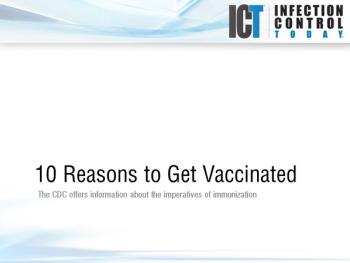
News



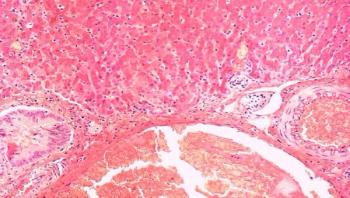
Scientists in the Center for Infection and Immunity at Columbia University's Mailman School of Public Health have discovered a new virus in seals that is the closest known relative of the human hepatitis A virus. The finding provides new clues on the emergence of hepatitis A. The research appears in the July/August issue of mBio, the online open-access journal of the American Society for Microbiology.


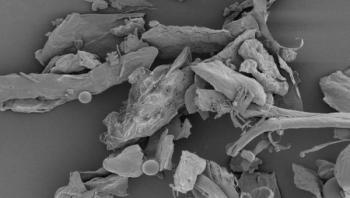
The humble dust collecting in the average American household harbors a teeming menagerie of bacteria and fungi, and as researchers from the University of Colorado Boulder and North Carolina State University have discovered, it may be able to predict not only the geographic region of a given home, but the gender ratio of the occupants and the presence of a pet as well.
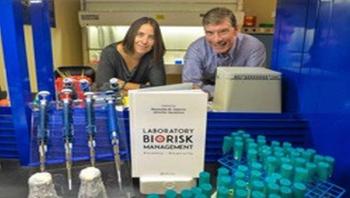
Recent mishaps at laboratories that mishandled potentially dangerous biological substances and the transmission of the Ebola virus in a U.S. hospital are symptoms at bioscience facilities that two Sandia National Laboratories researchers think could be prevented by implementing the practices in a new book on biorisk management.


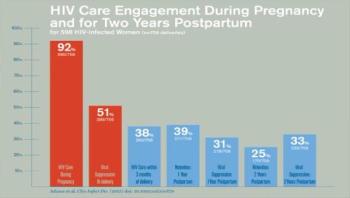
Pregnancy could be a turning point for HIV-infected women, when they have the opportunity to manage their infection, prevent transmission to their new baby and enter a long-term pattern of maintenance of HIV care after giving birth--but most HIV-infected women aren't getting that chance. That is the major message from a pair of new studies in Philadelphia, one published early online this month in the journal Clinical Infectious Diseases, and the other published in July in PLOS ONE.
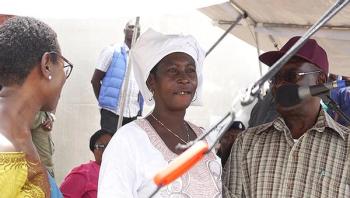
Sierra Leone celebrated an important milestone on Aug. 24, 2015. For the first time in more than a year, there are no people being treated for Ebola virus disease and no confirmed cases of Ebola in the country.




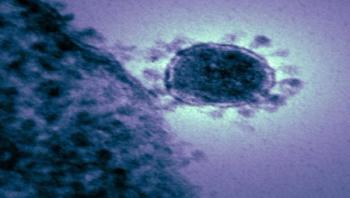


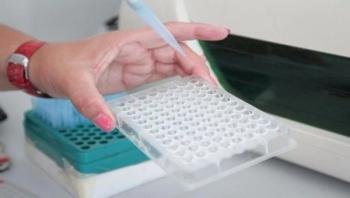
The Department of Microbiology at Kazan Federal University is investigating factors which allow bacteria to persist in human body when exposed to high-strength antibiotics. The team is focused on Proteus, Morganella, Providencia, and Serratia genera, which all are identified as opportunistic microbes and thus are dangerous to individuals with weakened immune system.

Scientists from the Scripps Research Institute (TSRI) and the Janssen Pharmaceutical Companies of Johnson & Johnson have found a way to induce antibodies to fight a wide range of influenza subtypes-work that could one day eliminate the need for repeated seasonal flu shots.

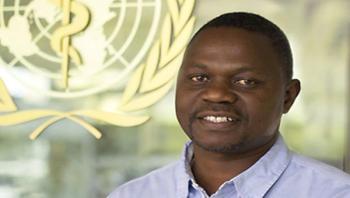
A WHO logistician, Francis Mulemba was first deployed to West Africa in March 2014 to respond to the fifth Ebola outbreak in his career. He took care of logistic and administrative tasks in Gueckedou, Guinea, the epicenter of the epidemic. Five months later, he was sent to Monrovia, Liberia, to support training of the national burial teams. He said that situation in Liberia was unlike any other Ebola outbreak he had experienced before.
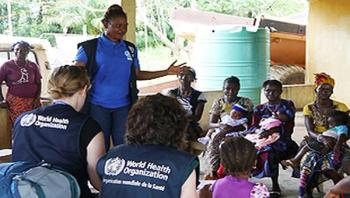
Intense surveillance in Kambia, Sierra Leone, has revealed that around 75 percent of deaths have been occurring in children under 5. Even though Ebola transmission was halted in Kambia last month, mothers still are afraid of Ebola and don’t take their young children to health centers. World Health Organization (WHO) epidemiologists are countering misperceptions to get mothers and their children back to the health centers and lower childhood mortality rates.

